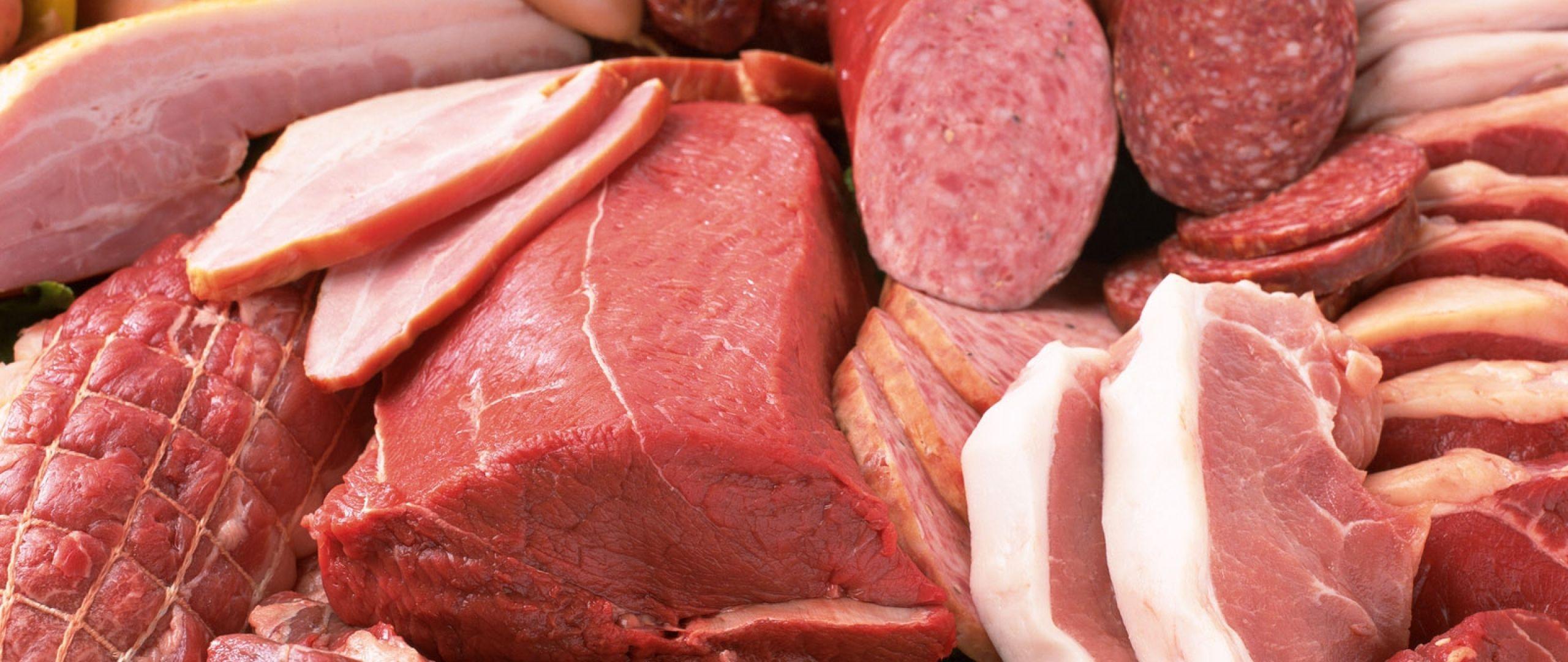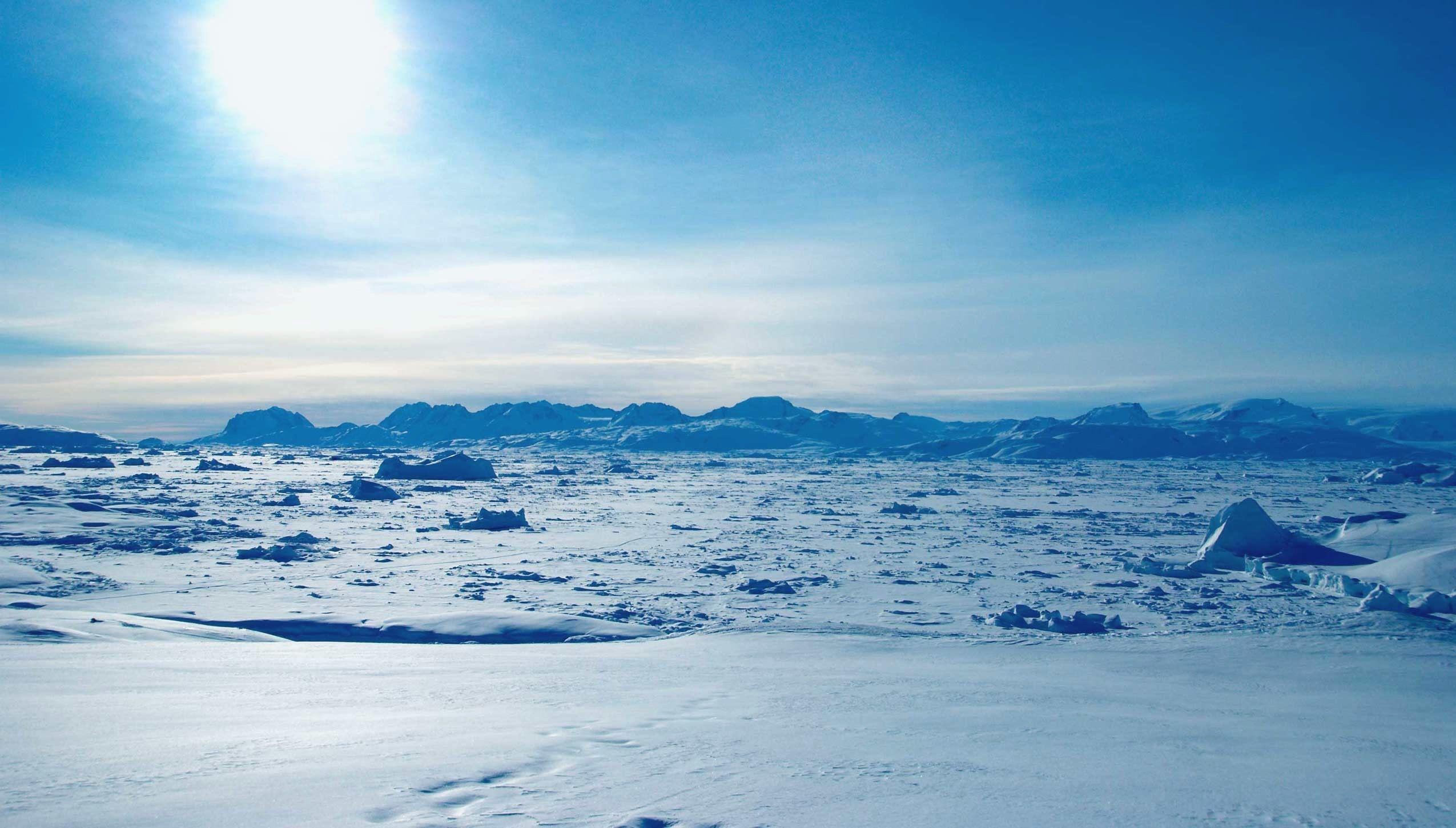
After your diet, which I have previously untangled (link below), the most meaningful environmentally conscious action is to stop flying. In fact, a single return journey across europe can undo all of the emissions saved from a meat free diet in a year.
The huge greenhouse gas release from planes isn’t catastrophic at the moment, as flying is only available to the absolute elite and so only accounts for 3% of the world’s greenhouse gas emissions. However, by 2050 this is expected to grow to 25%, for two reasons:
First, as global affluence increases, the demand for flights increases.
Secondly, and most importantly, the rise is due to the expected decarbonisation of other industries, which have recognised the threat of climate change and have started to adapt.
Disappointingly though, the aviation industry is not looking to follow suit. Instead, more and more planes will be bellowing out greenhouse gases thousands of kilometers up, exactly where they can have the biggest warming effect. The reason, is that governments view flying as a means of economic prosperity and a grab for power on the foreign market. As such, the tax on plane journeys are absurdly low (I got a return flight last year from the UK to Italy for £14).
Companies claim to be trying to reduce emissions, but they do this by increasing efficiency. However, efficiency is reaching its peak and only marginal gains are being made. Really, there is no incentive for the aviation industry to innovate because they have almost finished improving efficiency, and there is no economic gain from being environmentally friendly.
Simon blakely, from the University of Sheffield explains that two possible solutions exist: either reduce the number of flights, or replace the fuel with a sustainable alternative. Unfortunately, he explains, fuel replacement technology seems a world away, as biofuels would require huge amounts of deforestation to be viable.
Therefore, the only option is to reduce the number of flights. Considering that 70% of flights are from frequent flyers, changing tax so that it doubles per flight made in a year, rather than staying the same for everybody, could be an option.
Diet impacts: https://swiftscience971095579.wordpress.com/2019/05/24/just-how-bad-is-eating-meat-for-the-planet/
Car impacts: https://swiftscience971095579.wordpress.com/2019/04/13/the-car-a-self-necessitating-parasite/












